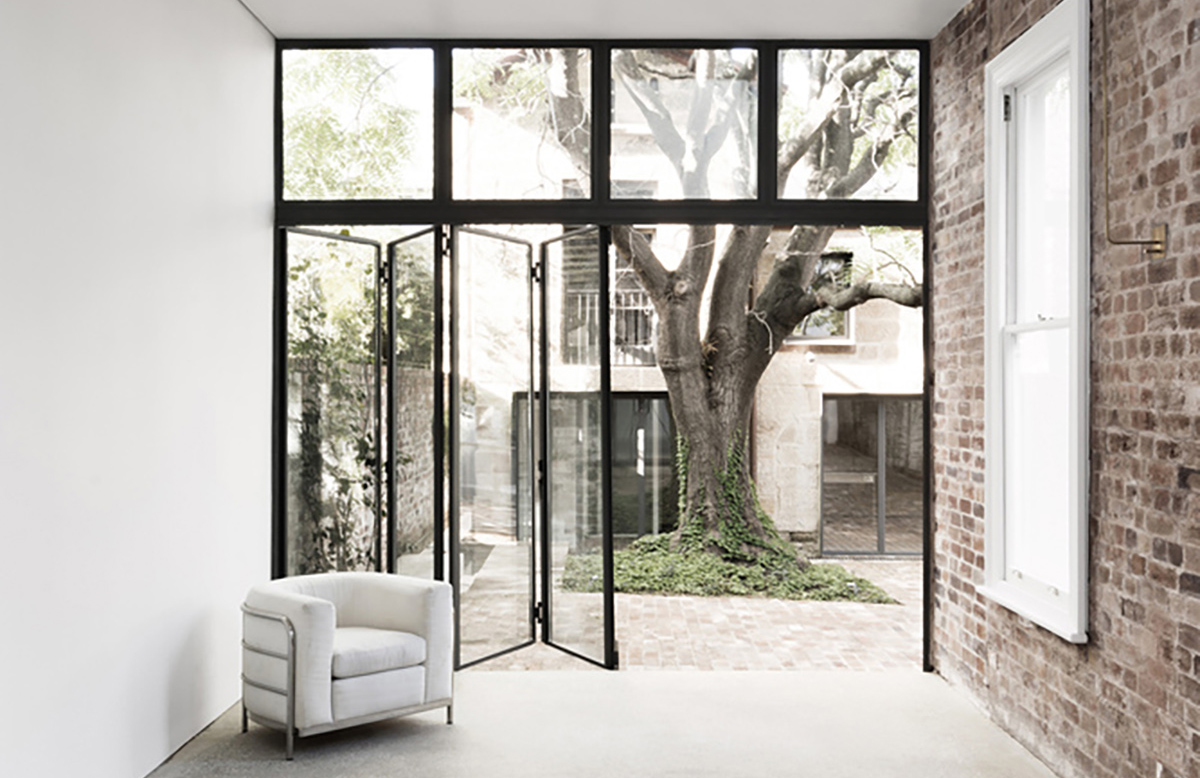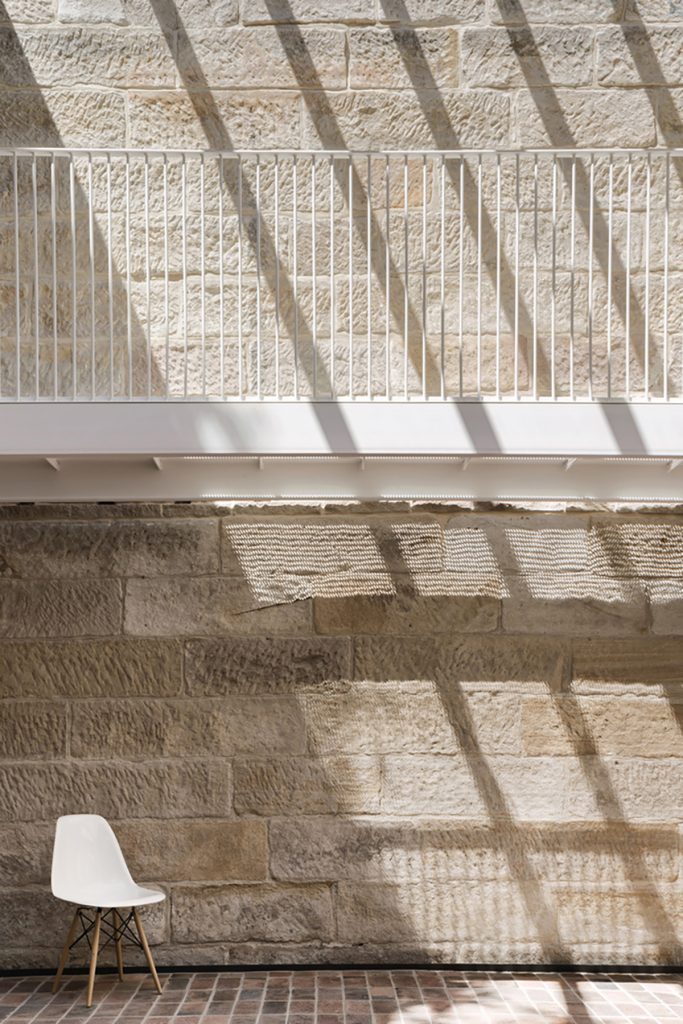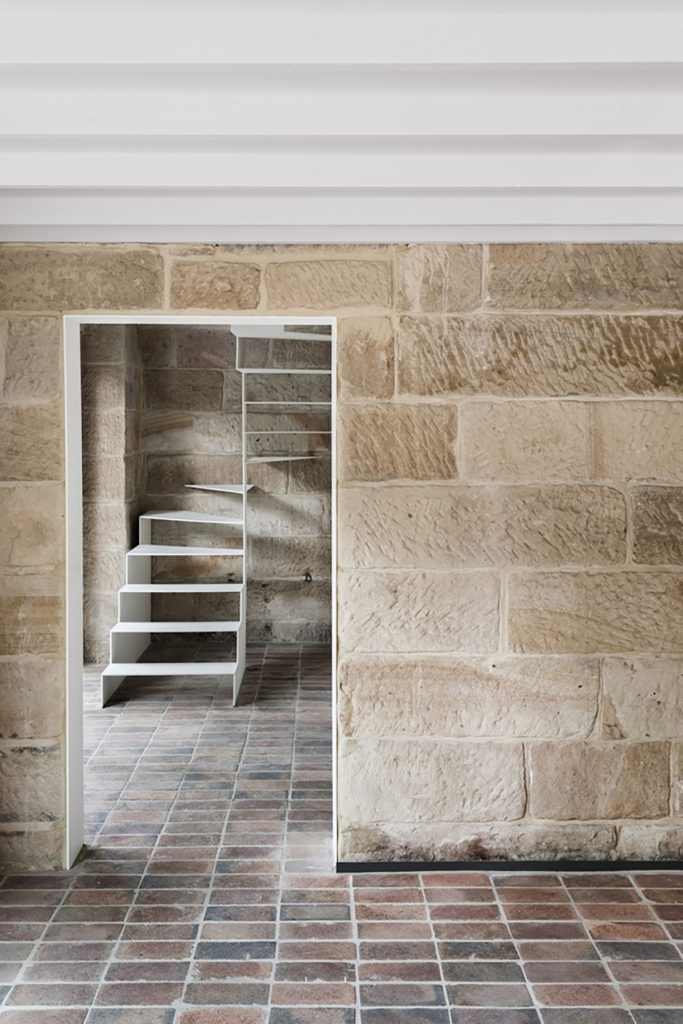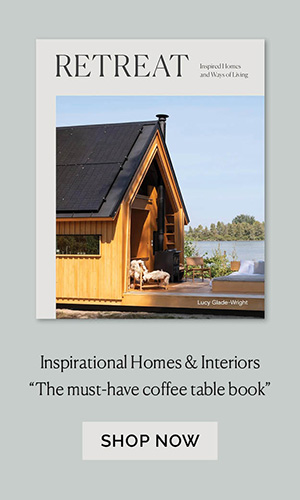It’s one thing to be living in a heritage home from the 1960s but quite another thing to be living in a 1860s residential relic that’s almost too good to be true. Situated in lush Surry Hills, Sydney Australia sits this exceptional residential structure, the Italianate Terrace House. The historic sandstone stables were the given way to a new large addition and alterations project that include 4 main components: Guest quarters, new concrete carport, landscaped roof terrace along with garden and a swimming pool.
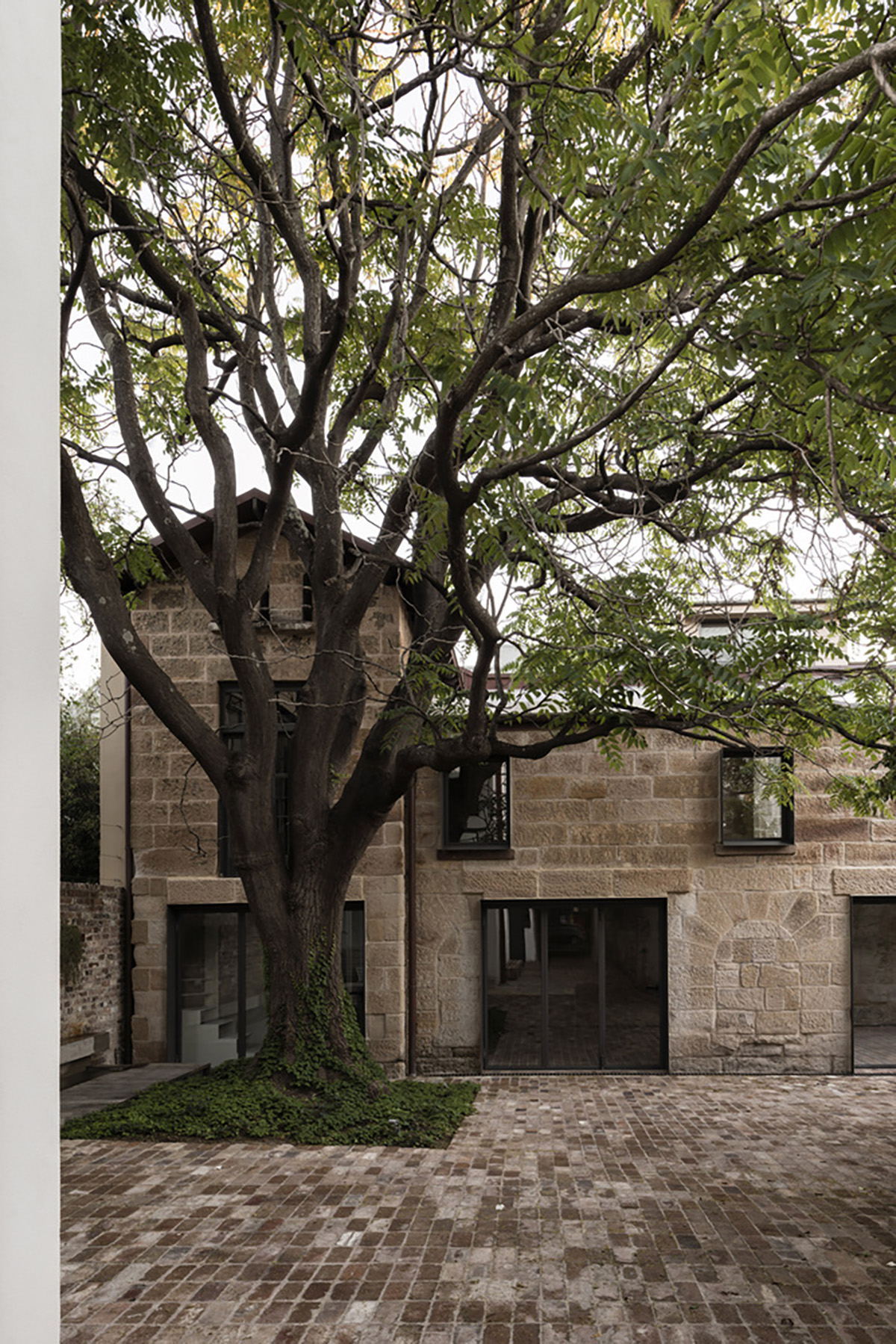
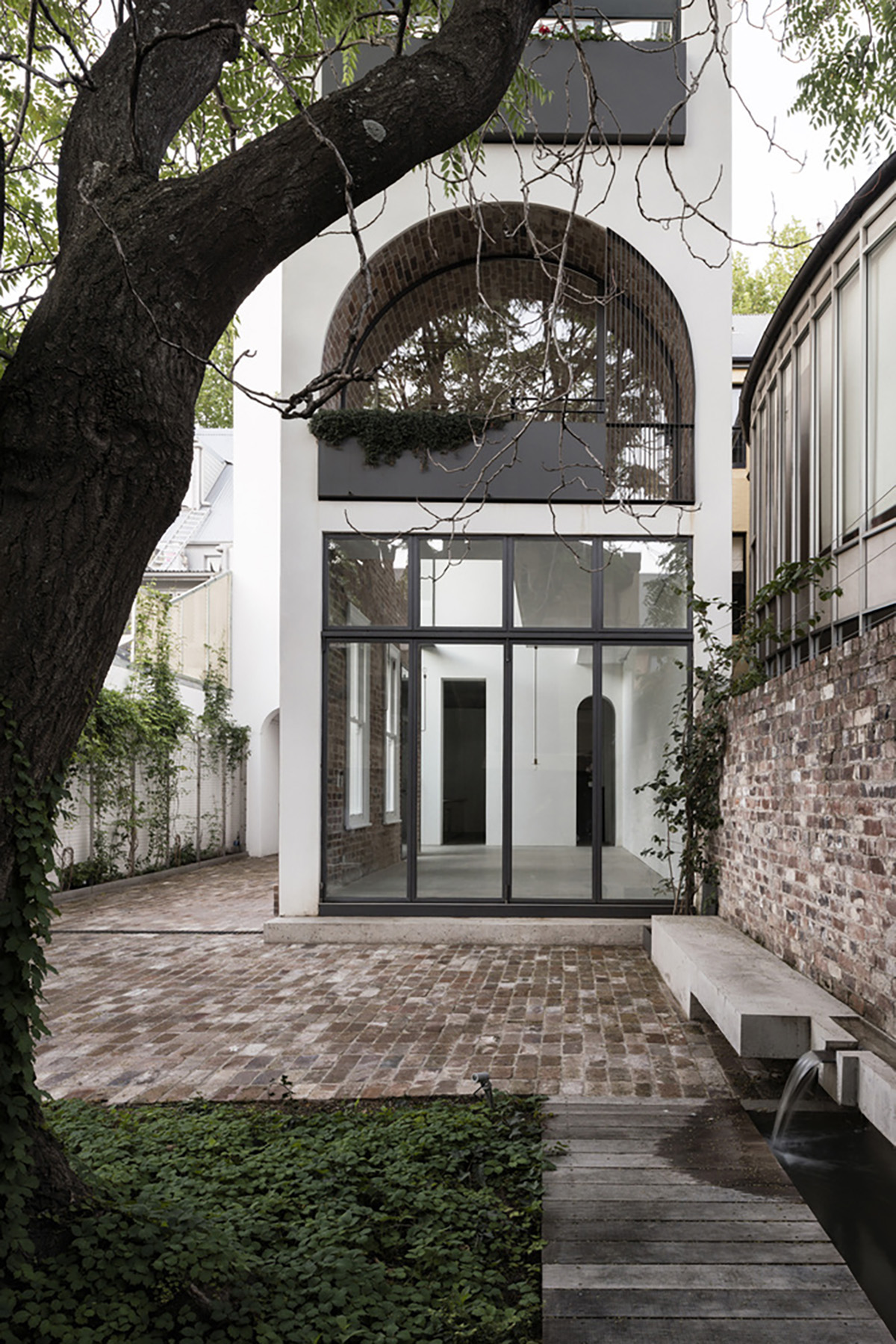
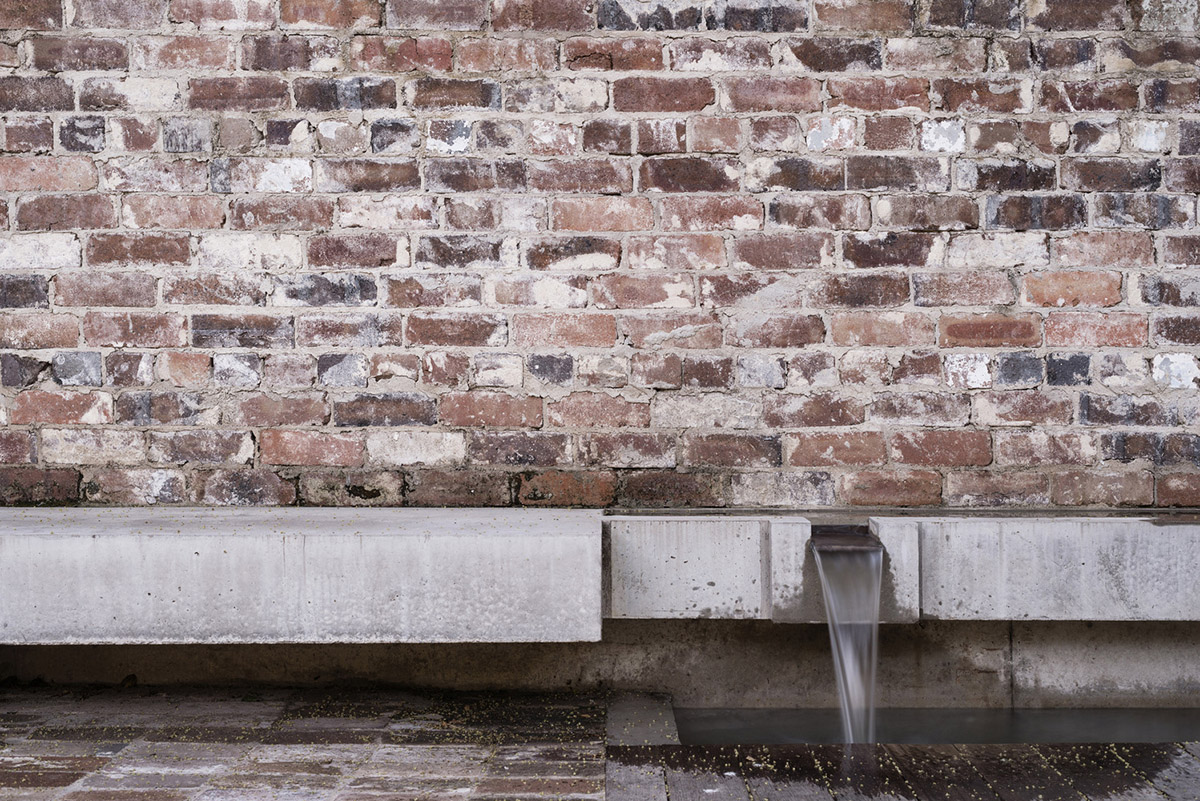
My exposed brick loving heart is having palpitations…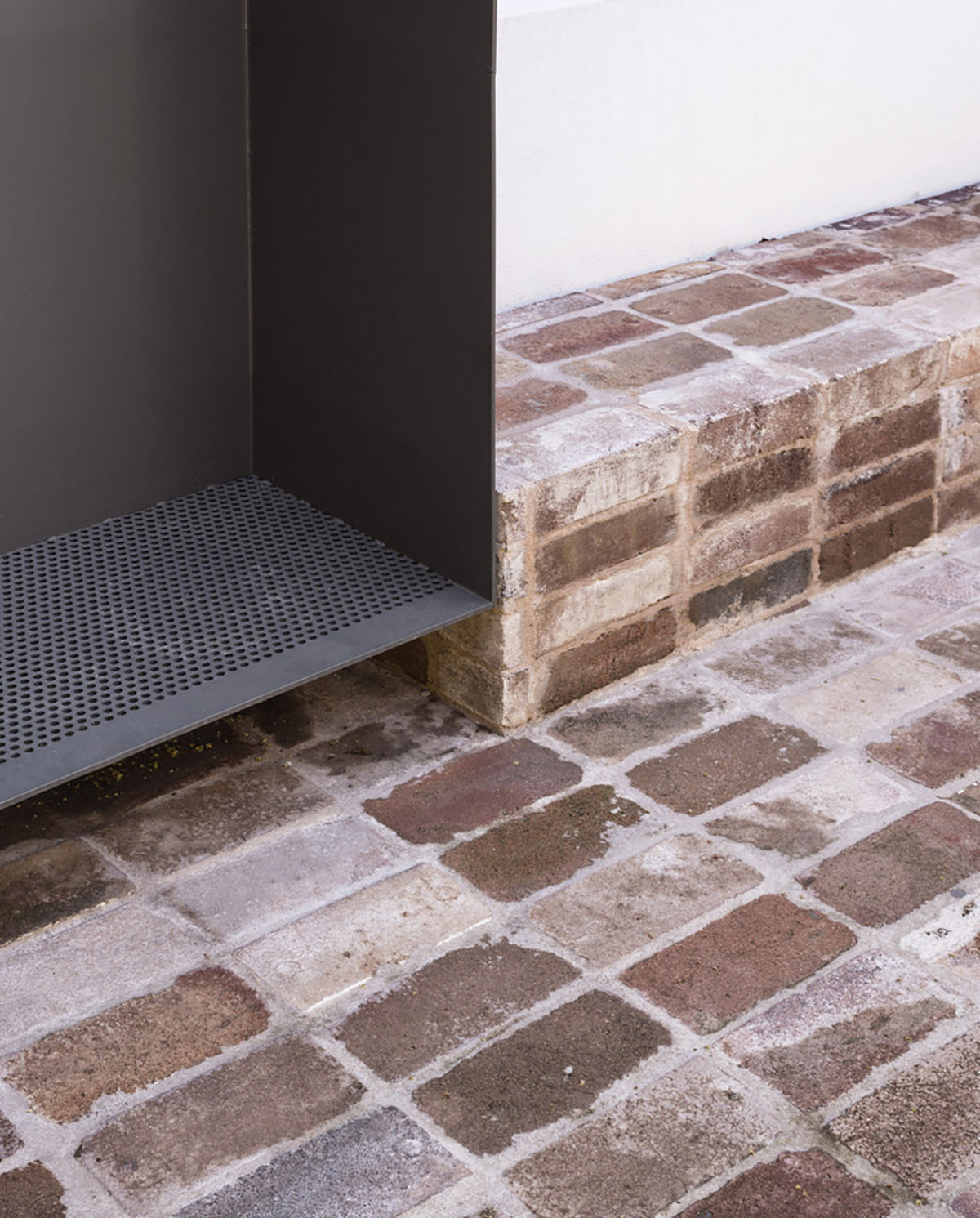
The design is a sensory experience and you can’t help but walk around (figuratively speaking, they didn’t let me in the building) with your mouth wide open. The alterations were designed for a young growing family and there are various spaces to explore. The challenge was to convert the 1860’s building and the 1990’s office fit-out of grandiose style, into a contemporary family home.
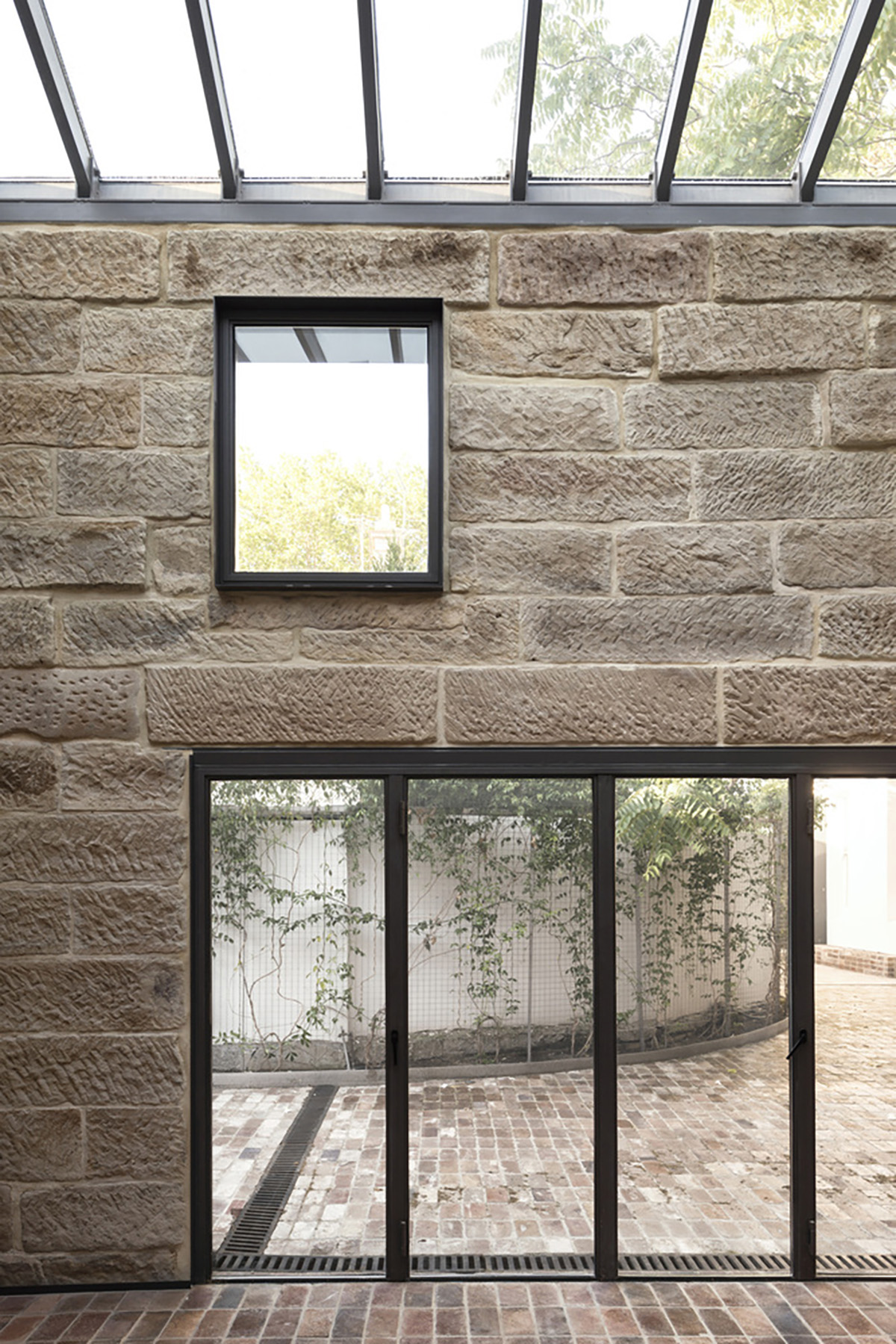
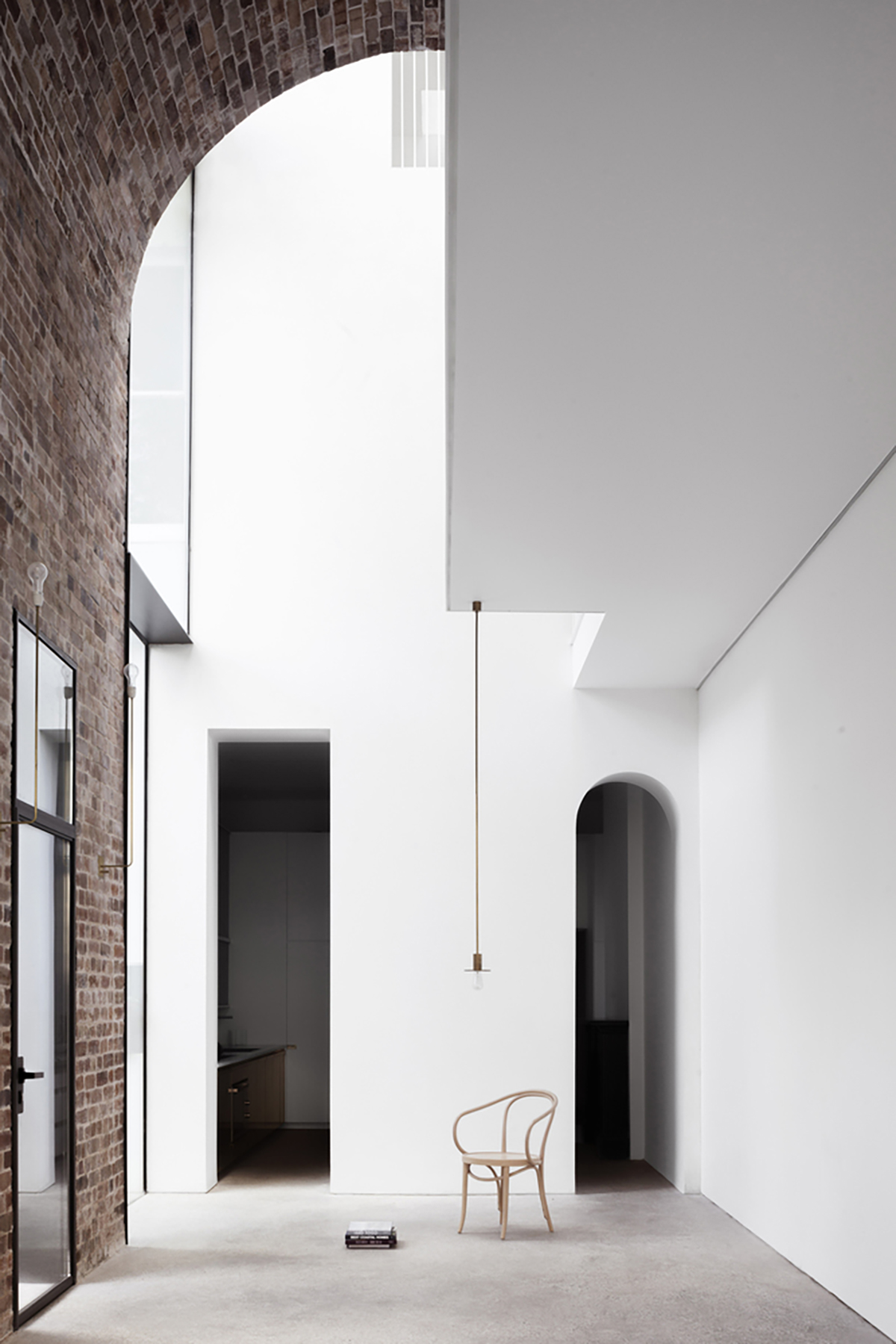
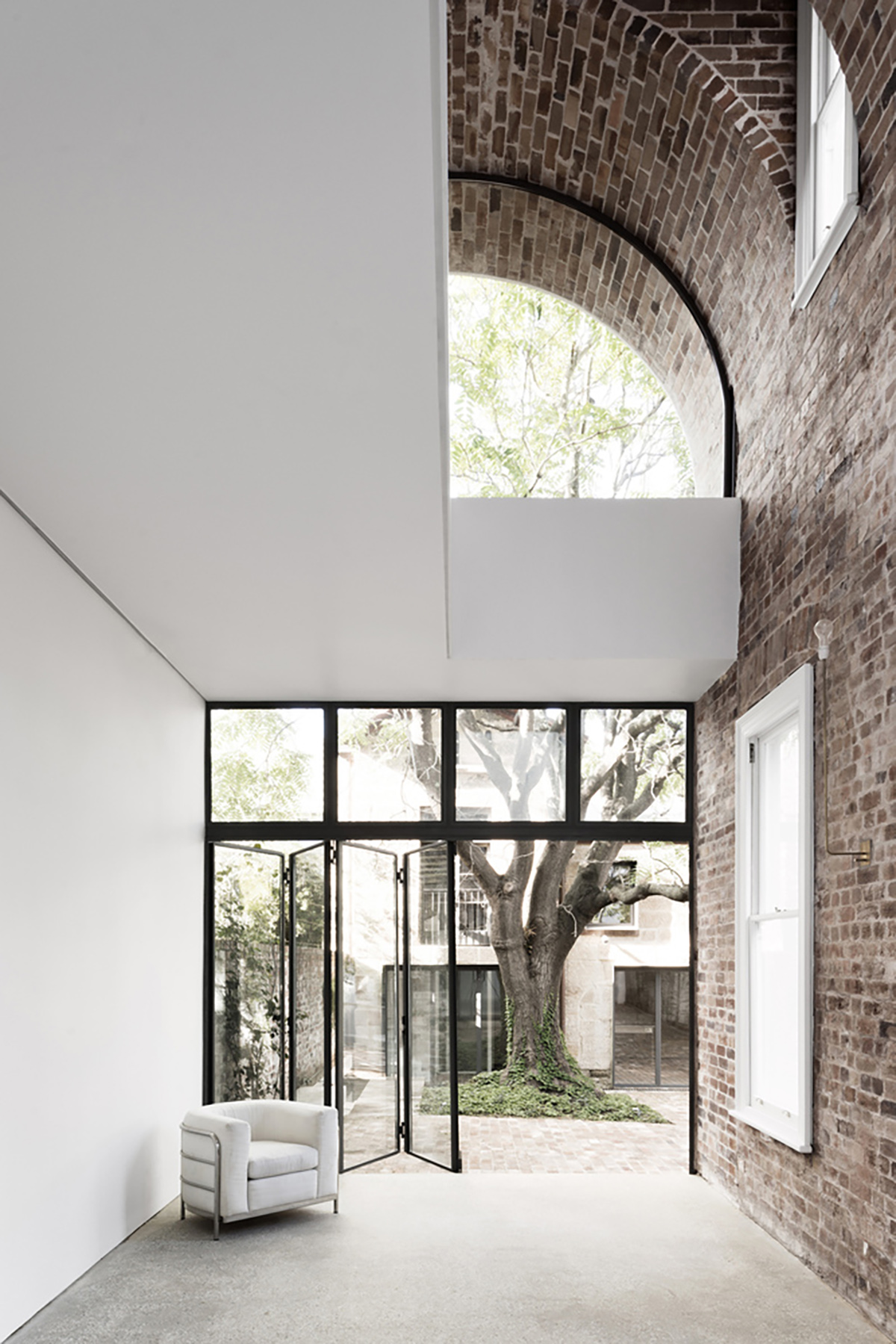
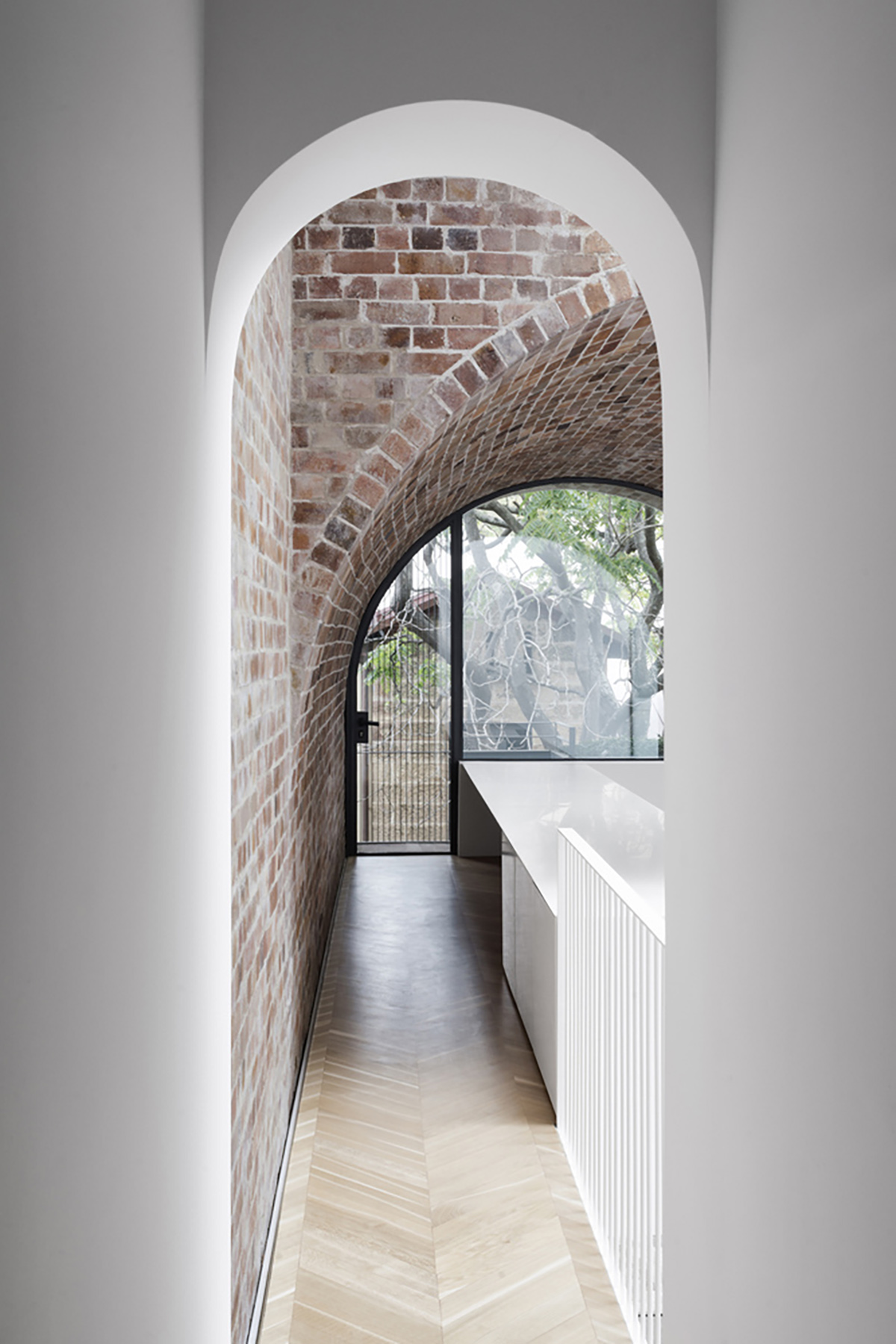
The key to this project was to understand the feeling and sense of the building, the history and cultural value attached to the original architecture. “We carefully considered and reinterpreted in a contemporary language, the essential and historical character of the site in order to celebrate, to uphold and revive its history. We wanted to avoid tendencies for preconceived ideas and solutions which in turn is formulaic in design approach and keep the new design elements simple, so that they avoided complications, resulting in generating pure interiors.” Renato D’Ettorre Architects
You can definitely tell that there is an ongoing and cohesive relationship between the rustic character of the original design alongside the modern additions. The new elements bring simplicity that doesn’t compete with the original structure but rather enhances it. The sheer scale of this home might have proved to be too big, slightly cold and unwelcoming, but this home is quite the opposition. Resulting in a warm, charming and cosy home that just so happens to be of epic proportions.
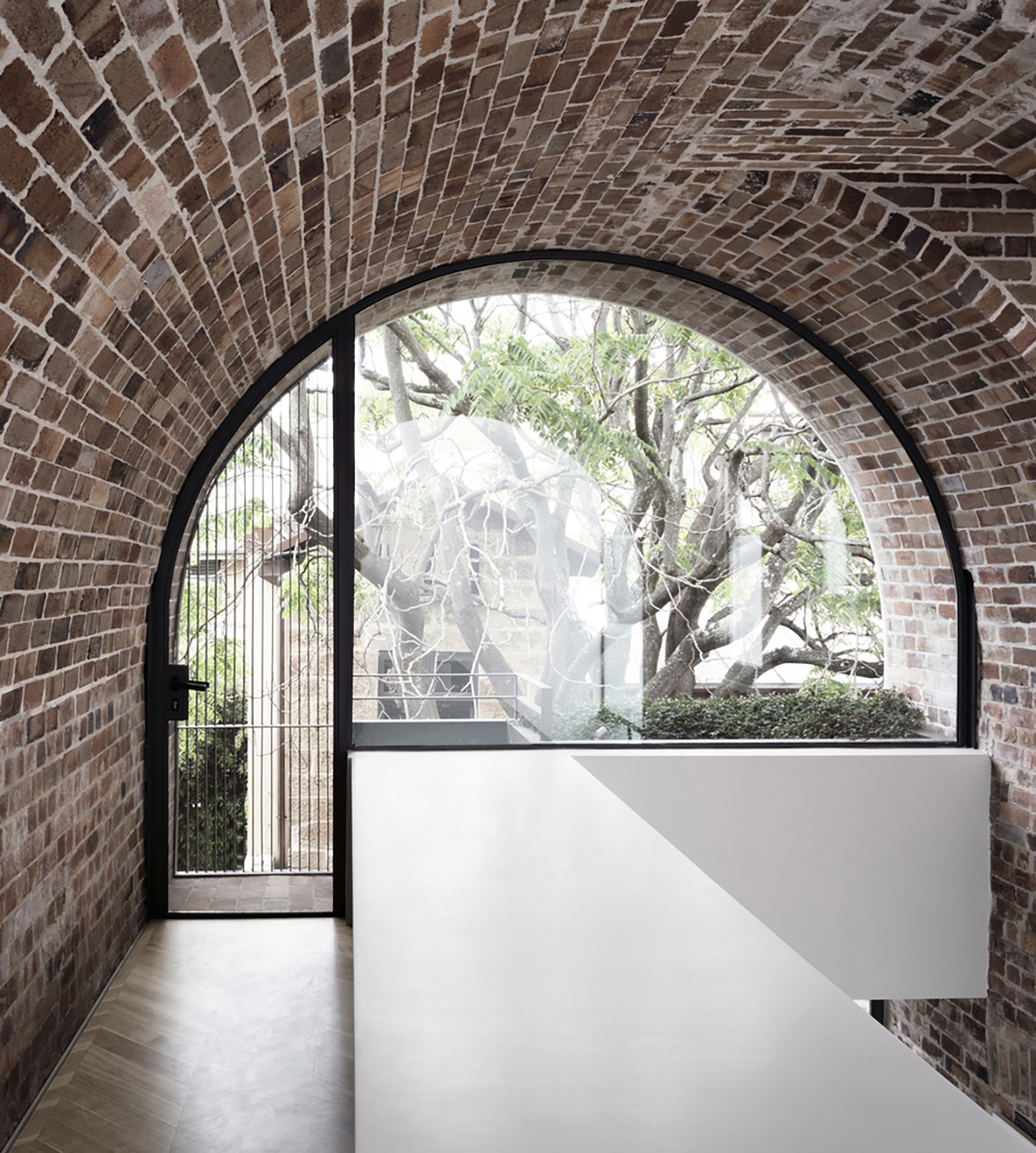
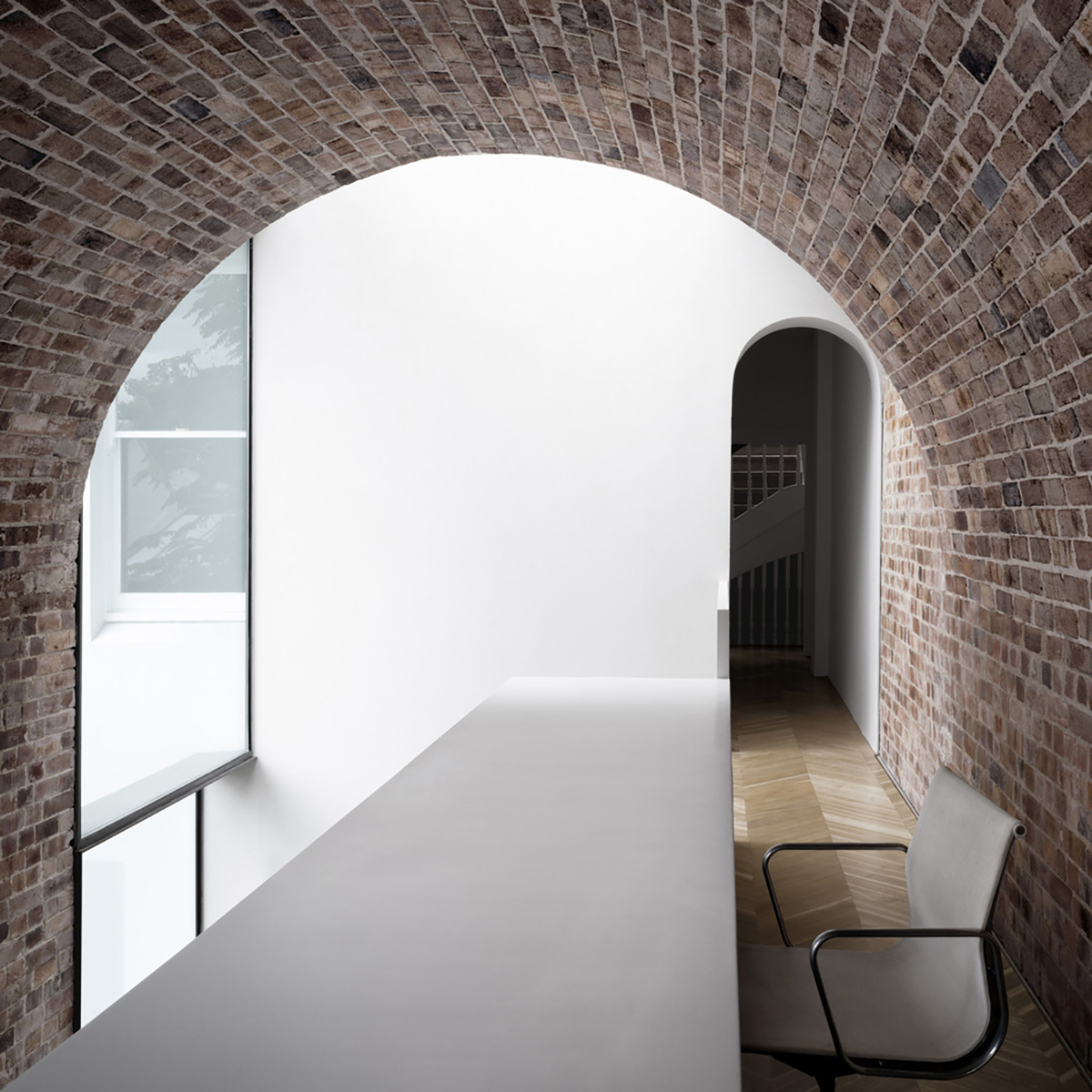
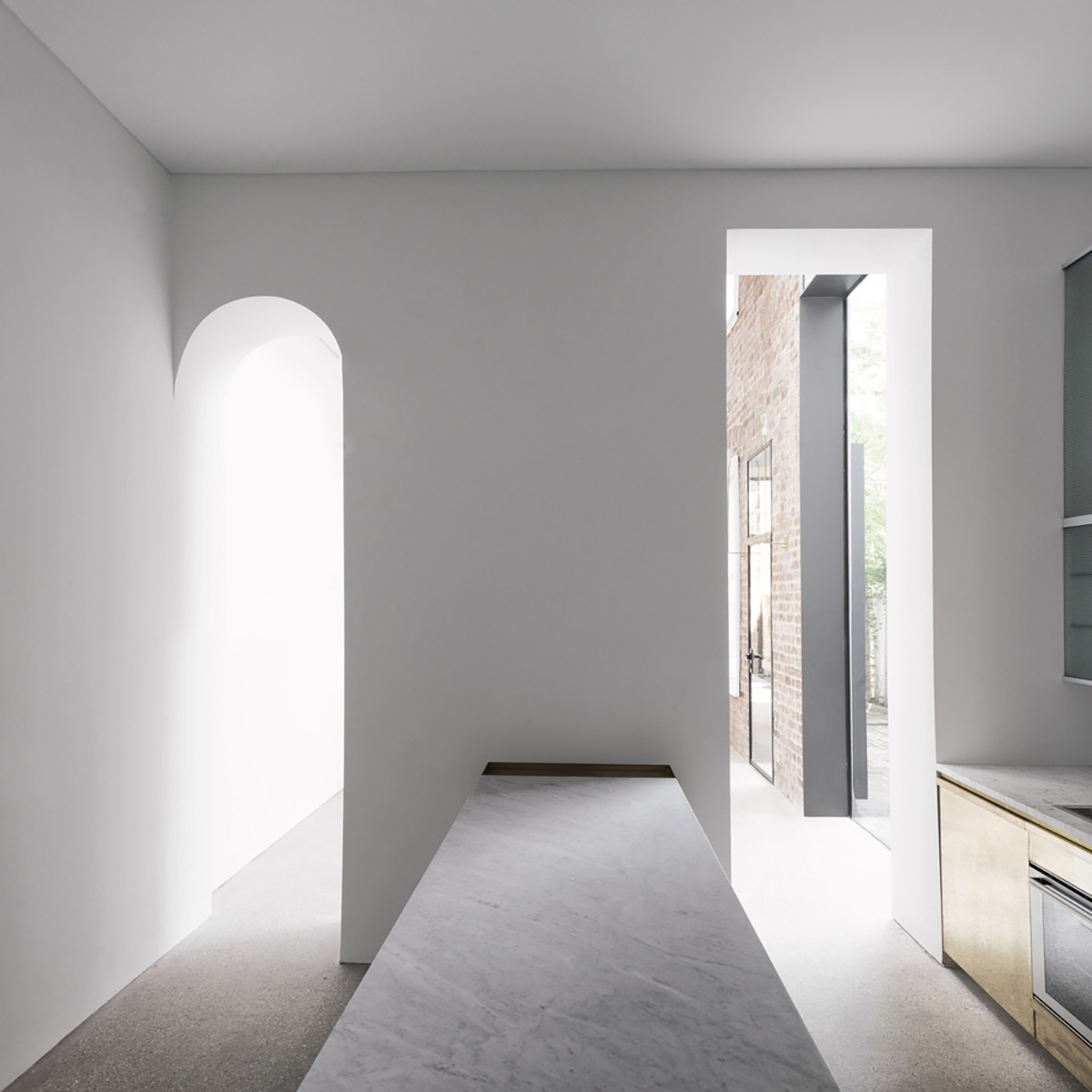
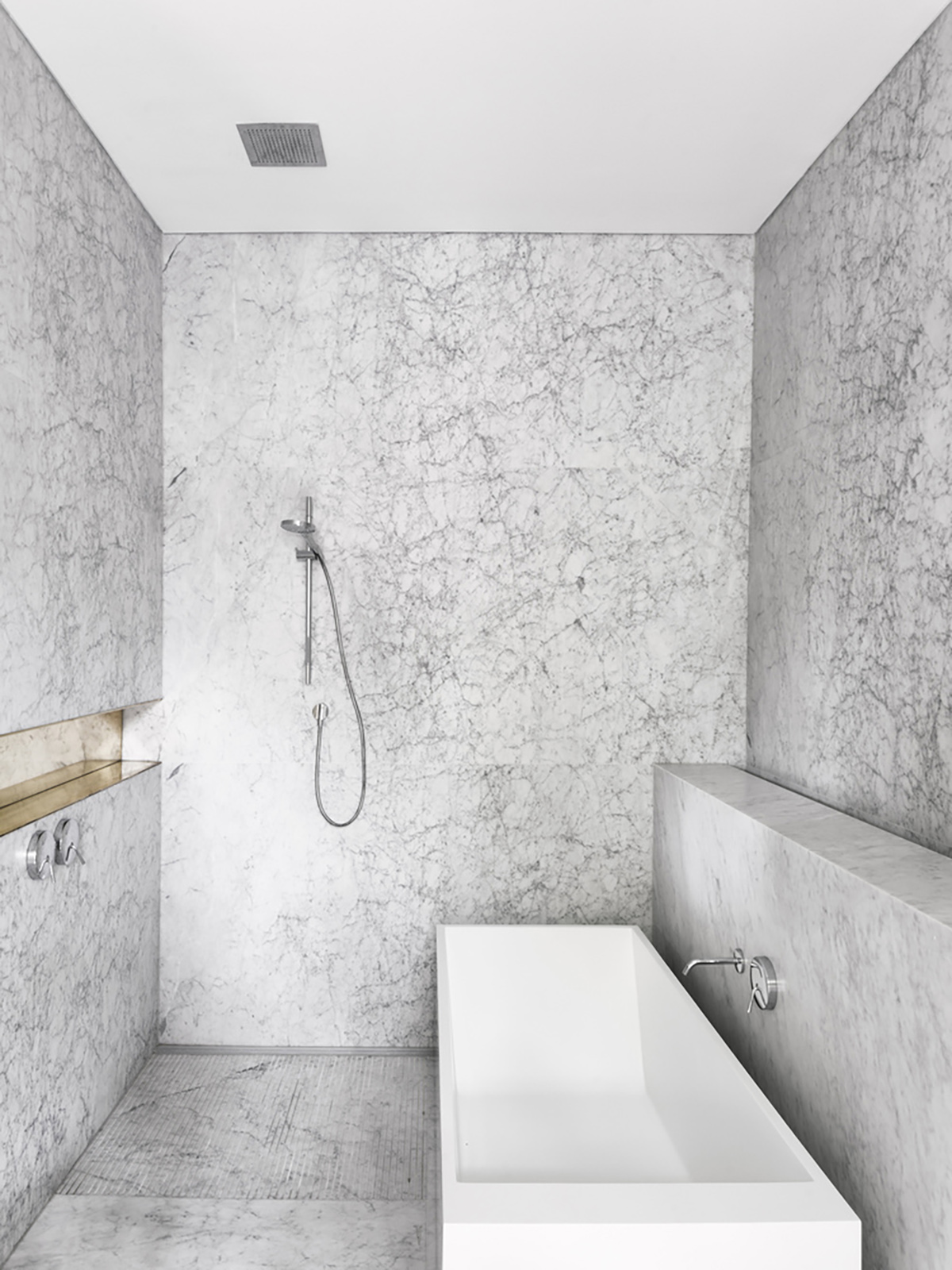
Photography by Simone Bossi.



